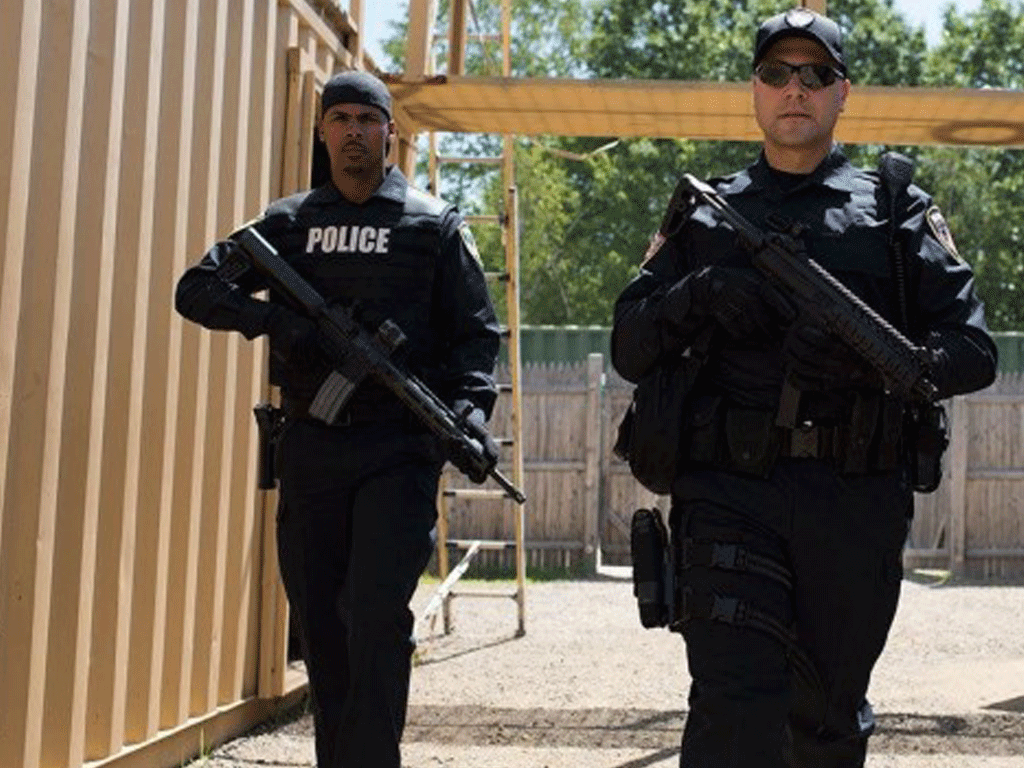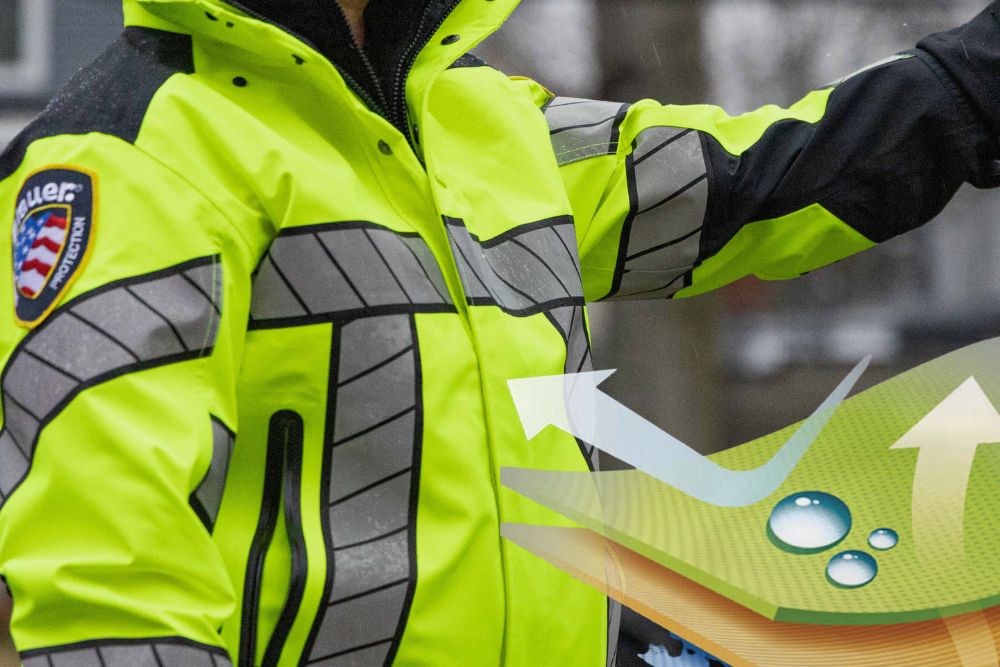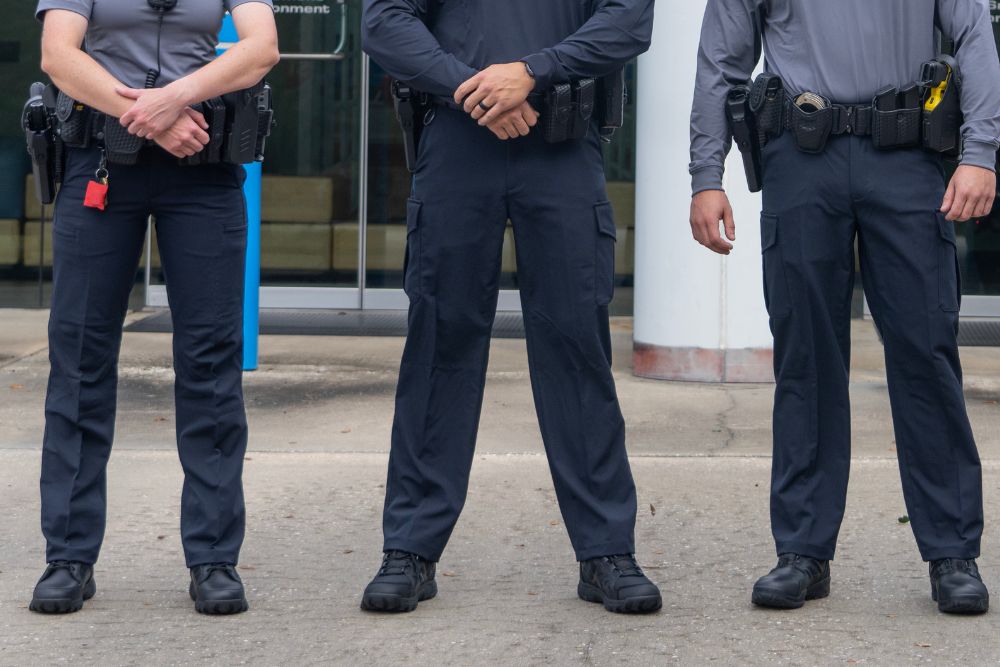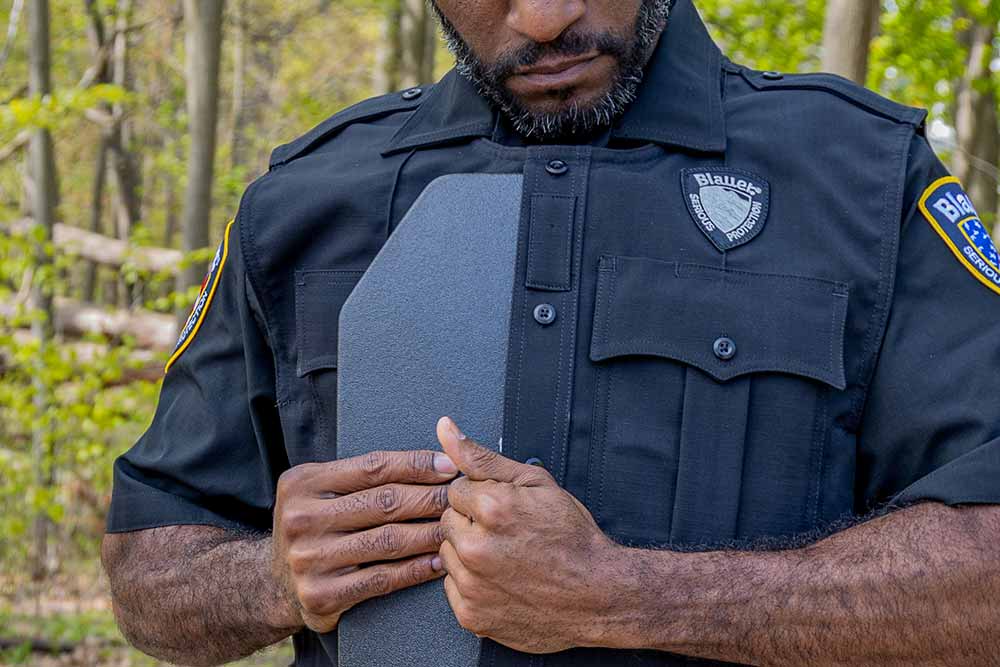
Just because something is a pair of black tactical pants or a shirt doesn’t make it a true BDU, or Battle Dress Uniform. Many times, the two get confused as concepts, so today we’ll discuss what makes something a BDU as opposed to simply a pair of cargo pants or a shirt that has extra pockets.
The concept of the Battle Dress Uniform came about in the 1980’s and was driven by the need for a more functional uniform for those in the military with a more advanced (for the time) camouflage pattern. It is characterized by a general fit made to accommodate a wide variety of body shapes, specialized pocketing providing multiple easy-access options for storing gear and equipment, and a design built to ensure the wearer’s range of motion across a wide variety of activities. It is also typically made from a fabric intended to combine performance characteristics between environments and seasons, with the intent of providing year-round protection and comfort as best possible.
Since then, and up until about the mid-2000’s, variations of the concept served as the primary duty uniform for the US Military branches, and the concept for the uniform made a gradual and natural crossover into the world of public safety, partly due to veterans coming out of the service and making their bosses aware of the benefits of their daily military uniform’s design, but also due to innovators such as Blauer who recognized the potential inherent in the design, especially for those working in SWAT or tactical roles.
Now, BDU uniform options come in a slightly wider variety, with varying designs made more to fit individuals than to fit all possible body types. A modern BDU shirt, such those in Blauer’s TenX™ BDU uniform line, now features a more tailored fit and appearance while still allowing features such as roll-up sleeves that expand around a user’s bicep. It still retains the function-driven pocketing inspired by the first Army BDU uniform models, but that pocketing has been adapted to serve the specific needs of those in law enforcement or others who utilize it as their daily uniform, such as many corrections uniforms.
BDU pants have also evolved in design, as well, with some of the same change types and adaptations made for public safety roles as above, and designs that can be either worn bloused (pants inside boots, with a cinching strap) or outside the boots like a regular pant while retaining a professional look. Both types of these tactical uniforms (pants and shirts) also now incorporate modern materials technology which helps to enhance both durability and breathability as compared to some of the traditional poly/cotton materials of the originals. TenX™ BDU uniforms, for example, use a ripstop material which has a Durable Water Repellent (DWR) coating that provides water resistance, often useful when callouts or the working environment dictate the need to be out in the rain or snow.
In the end, while BDU style uniforms are made by a wide variety of manufacturers, it’s important to consider the quality of design and construction when making the decision as to which BDU uniform to select – poor quality can lead to failures in the field, while high-quality construction and materials such as those found in Blauer BDU uniforms will not only last for a long time, but stand up better to the challenges of the tactical environment while offering you more comfort and greater functionality.





